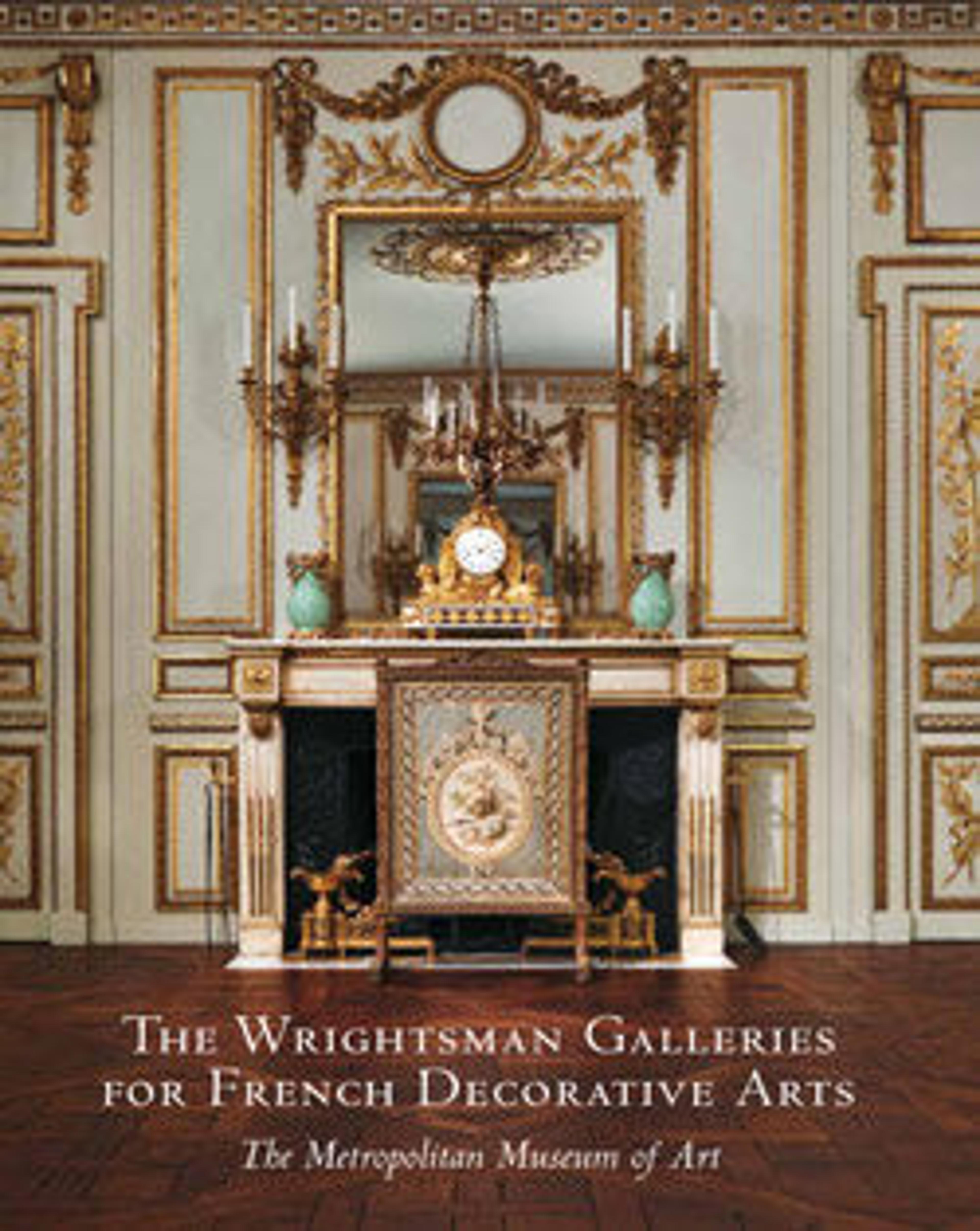Chocolate pot
Chocolate was introduced into France in the late seventeenth century, and it quickly became popular as a morning beverage in particular. A number of French prints from this period illustrate fashionable couples drinking chocolate, indicating that this new hot drink had gained immediate acceptance. Hot chocolate needed to be stirred in order to prevent the chocolate from settling at the bottom of the pot. Thus, most French chocolate pots were equipped with a hole in the lid, concealed by a small cover that swiveled, through which a long stick, known as a moussoir, could be inserted for stirring.
This chocolate pot was produced approximately ten years after a similar coffeepot (33.165.1) by the same silversmith, François Thomas German (1726–1791). It has the same basic shape as the earlier coffeepot but is decorated in the emerging Neoclassical style. Despite the swirling channels on the body, the chocolate pot lacks the sense of movement that is so pronounced in the coffeepot, and the symmetrical arrangement of the motifs on the legs and spout reflects the restraining influence of Neoclassicism. Many of the decorative objects produced in France in the 1760s, such as this chocolate pot, are in the so-called Transitional style, in which Rococo stylistic features are combined with newly fashionable Neoclassical motifs.
This chocolate pot was produced approximately ten years after a similar coffeepot (33.165.1) by the same silversmith, François Thomas German (1726–1791). It has the same basic shape as the earlier coffeepot but is decorated in the emerging Neoclassical style. Despite the swirling channels on the body, the chocolate pot lacks the sense of movement that is so pronounced in the coffeepot, and the symmetrical arrangement of the motifs on the legs and spout reflects the restraining influence of Neoclassicism. Many of the decorative objects produced in France in the 1760s, such as this chocolate pot, are in the so-called Transitional style, in which Rococo stylistic features are combined with newly fashionable Neoclassical motifs.
Artwork Details
- Title: Chocolate pot
- Maker: François Thomas Germain (French, Paris 1726–1791 Paris, master 1748)
- Date: 1765–66
- Culture: French, Paris
- Medium: Silver; ebony
- Dimensions: Overall (with handle): 9 1/4 × 8 3/4 in. (23.5 × 22.2 cm)
- Classification: Metalwork-Silver
- Credit Line: Bequest of Catherine D. Wentworth, 1948
- Object Number: 48.187.407
- Curatorial Department: European Sculpture and Decorative Arts
More Artwork
Research Resources
The Met provides unparalleled resources for research and welcomes an international community of students and scholars. The Met's Open Access API is where creators and researchers can connect to the The Met collection. Open Access data and public domain images are available for unrestricted commercial and noncommercial use without permission or fee.
To request images under copyright and other restrictions, please use this Image Request form.
Feedback
We continue to research and examine historical and cultural context for objects in The Met collection. If you have comments or questions about this object record, please contact us using the form below. The Museum looks forward to receiving your comments.
